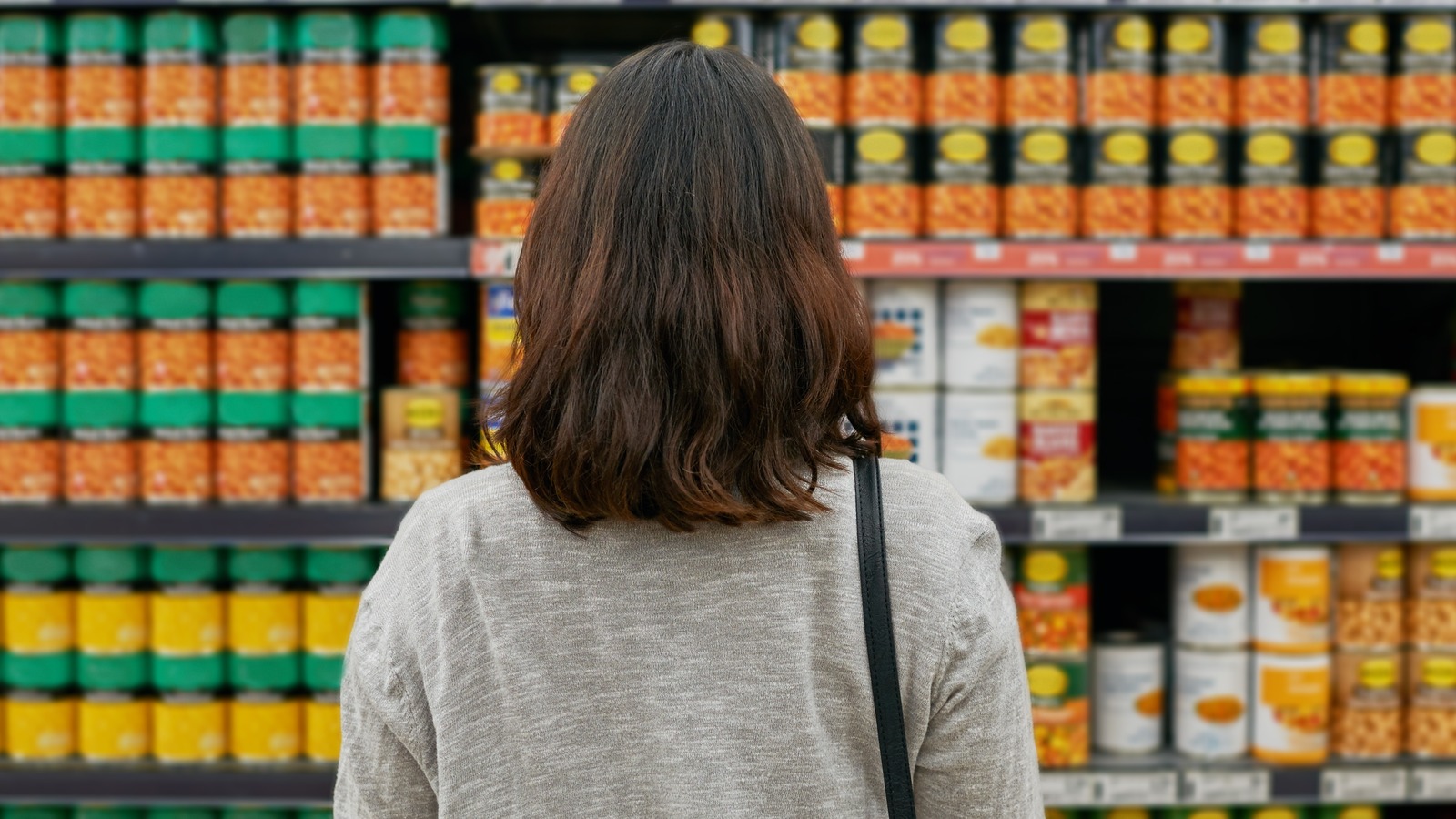Canned legumes are convenient sources of fiber, protein, and antioxidants. They're pre-cooked, ready to eat, and require less prepping effort than their raw counterparts. Canned green beans, for example, are great in a Thanksgiving day casserole or as a simple side dish paired with a roast chicken dinner.
Despite their convenience, canned green beans aren't as nutrient-dense as you might think. Although green beans are teeming with health benefits, they are often canned in excessive amounts of sodium. Primarily, sodium is introduced to the commercial green bean canning process to preserve its freshness and expand its shelf life.

The added sodium can also enhance the flavor of the legumes. However, just half a cup of canned green beans can contain up to 380 milligrams of sodium, which is about 16% of the recommended daily intake — a significant amount for such a small serving of vegetables. Although 16% may seem insignificant, sodium is often hidden in many of the everyday foods we consume, adding up quickly.
The Centers for Disease Control and Prevention estimates that Americans alone consume over 3,300 milligrams of sodium per day — 1,000 milligrams over the suggested sodium intake — which makes a salt-packed serving of canned green beans more insidious than meets the eye. Long-term overconsumption of sodium increases the risk of various cardiovascular diseases — a leading cause of death in the United States. Next time you're craving green beans, cooking canned varie.



















